Quiet for quite some time, my Gear Acquisition Syndrome perked up last month, in the middle of my Year of the Rolleiflex, when I spied a “deal” at a large Manhattan camera retailer and walked away with a 2003 Leica M7 in decent (but not perfect) condition. The store allowed for a 30 day return period. I’m writing now both to reflect on my experience with the M7, which I shot for the month alongside my Rollei 2.8F, and on my decision to return it.
I should state at the outset that I probably had outsize aspirations for the M7. I’m very aware that the M system has been used by legendary photographers; more than a few of my best shots originated in film M bodies. Yet on balance the M3 I have owned for the better part of a decade tends to come out mainly for documenting family life at home or for swift street work: quick captures rather than more deliberate compositions. One major limitation of the M3 for me is its inability to seamlessly integrate flash (the camera has a cold shoe and proprietary flash ports that require fragile and often unreliable adaptors). Unlike a great many Leica shooters I quite like the look of slower speed color films — and of slide films such as Ektachrome 100 especially – when paired with strobe under certain circumstances, as in the following photo from a recent party.
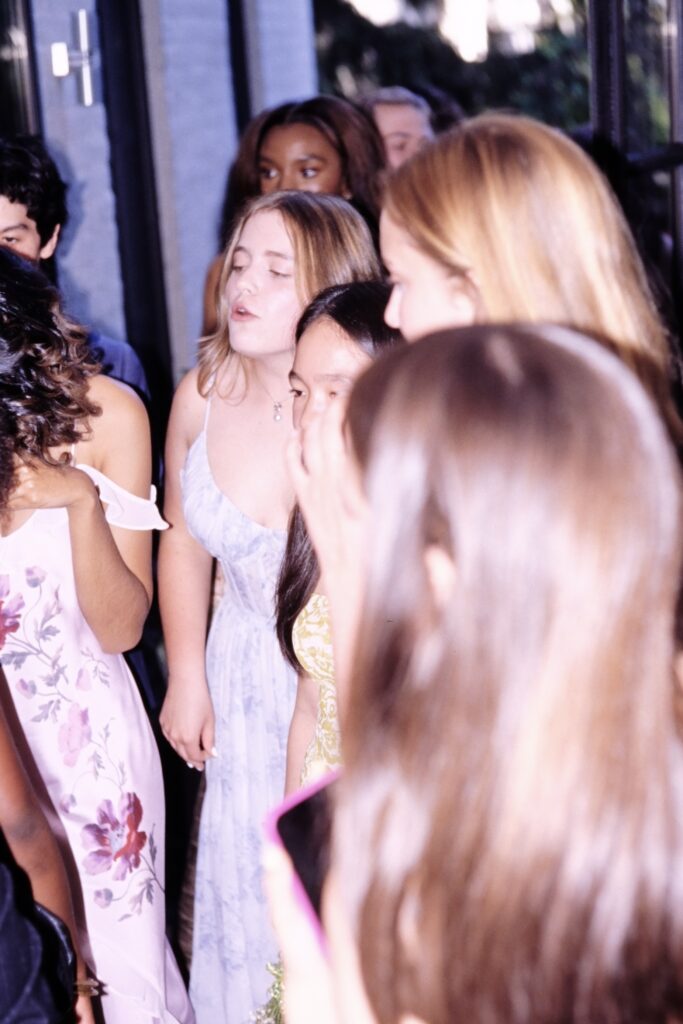
A faster lens-film combination would also have worked here, but there’s something about the bright wash of light in this frame that for me highlights the dressy sense of celebration. With a basic flash unit (the Godox Lux Senior) clipped to the camera’s hotshoe, the M7 consistently delivered the goods.
A more formal portrait session with an off-camera strobe proved more challenging, though this had to do with my failure to account for the slow 1/50th of a second flash sync speed by bringing a tripod (a limit shared by all film M cameras, in contrast to many other cameras including my Rolleiflex, whose leaf shutter can sync flash all the way to its max shutter speed of 1/500th of a second).
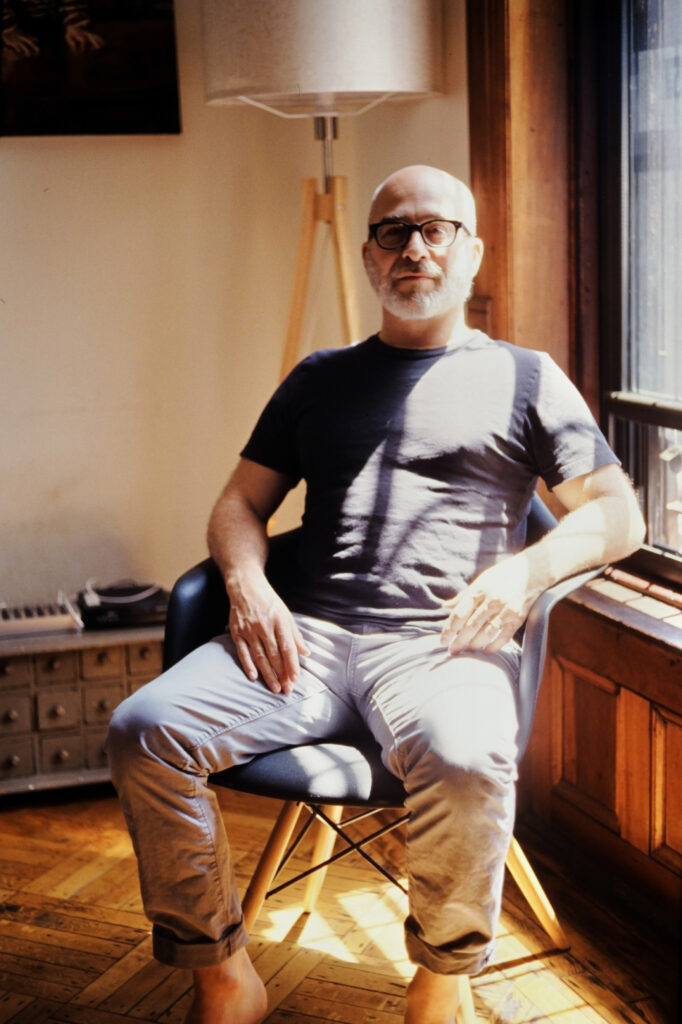
In this image I positioned a wireless studio strobe outside the window to the right to light my subject’s face, but had to dial the shutter speed down to 1/30th of a second to preserve the golden ambient light and get the result I was looking for (1/15th of a second might have been better – my subject’s face would probably have been brighter, but due to motion blur it wasn’t possible to test this shooting handheld.)
In less contrived settings, I thoroughly enjoyed shooting with the M7, notwithstanding the sticky frame masks that were this particular body’s major flaw (material for a future CLA and I assume the reason for the discounted price). Alone among film Leicas, the M7 has an electronic shutter that allows for aperture priority shooting. Far from a purist, I had no qualms about using this feature, one that I have enjoyed on cameras from Nikon and other manufacturers but that is otherwise out of reach to Leica M users unless one goes digital. (Some online writers have voiced concerns about the electronic shutter failing, but this seems relatively uncommon and wasn’t a particular worry for me as I’ve read that Leica still services them).
From real-world experience over the past month, the center-weighted TTL meter was quite accurate, enabling me to mount a wide array of lenses and use even finicky films on the fly without sweating. Aside from backlighted situations that require care no matter the meter one uses, the aperture priority mode yielded spot-on exposures in color and on my preferred black and white 35mm films.
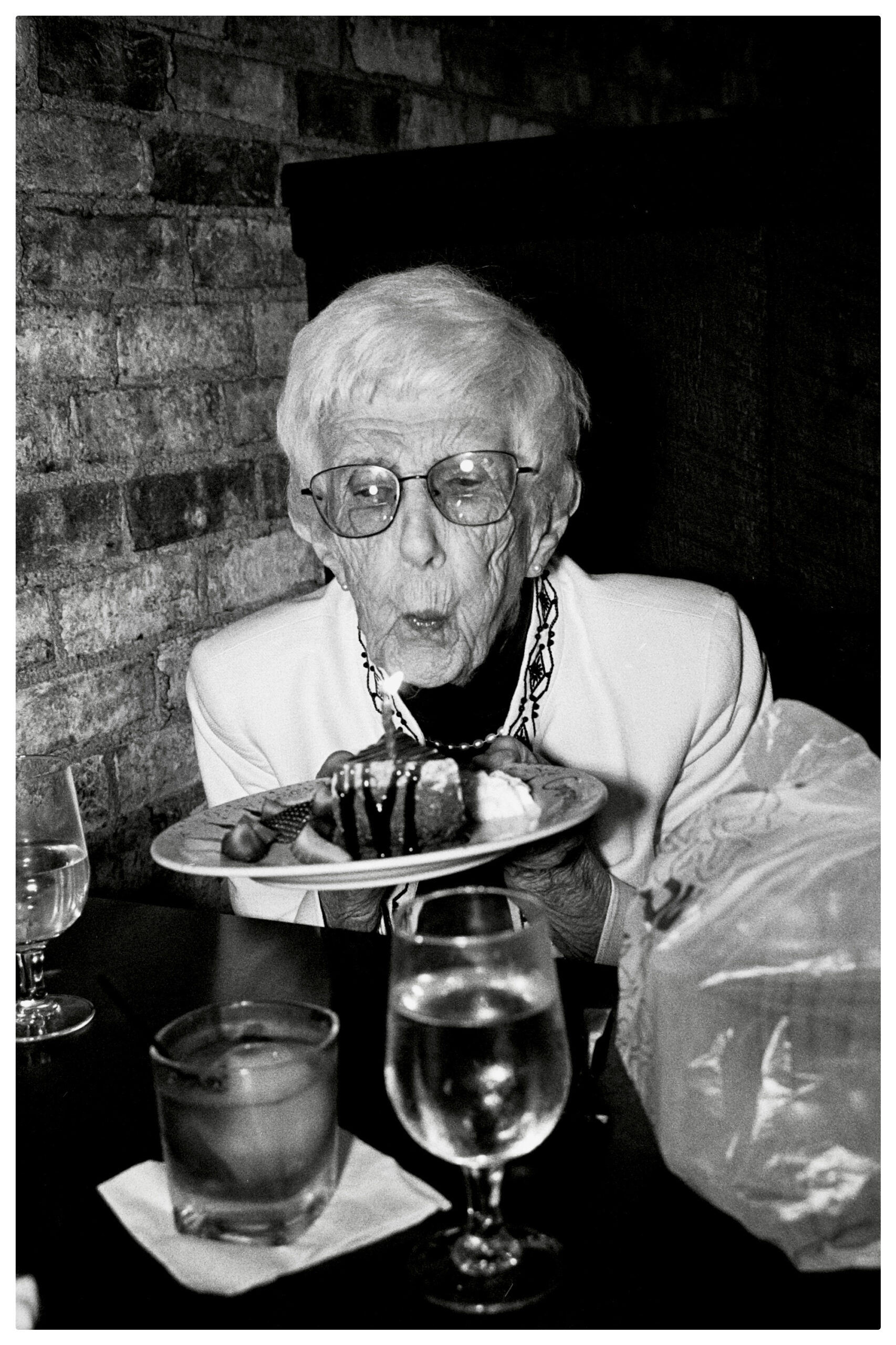
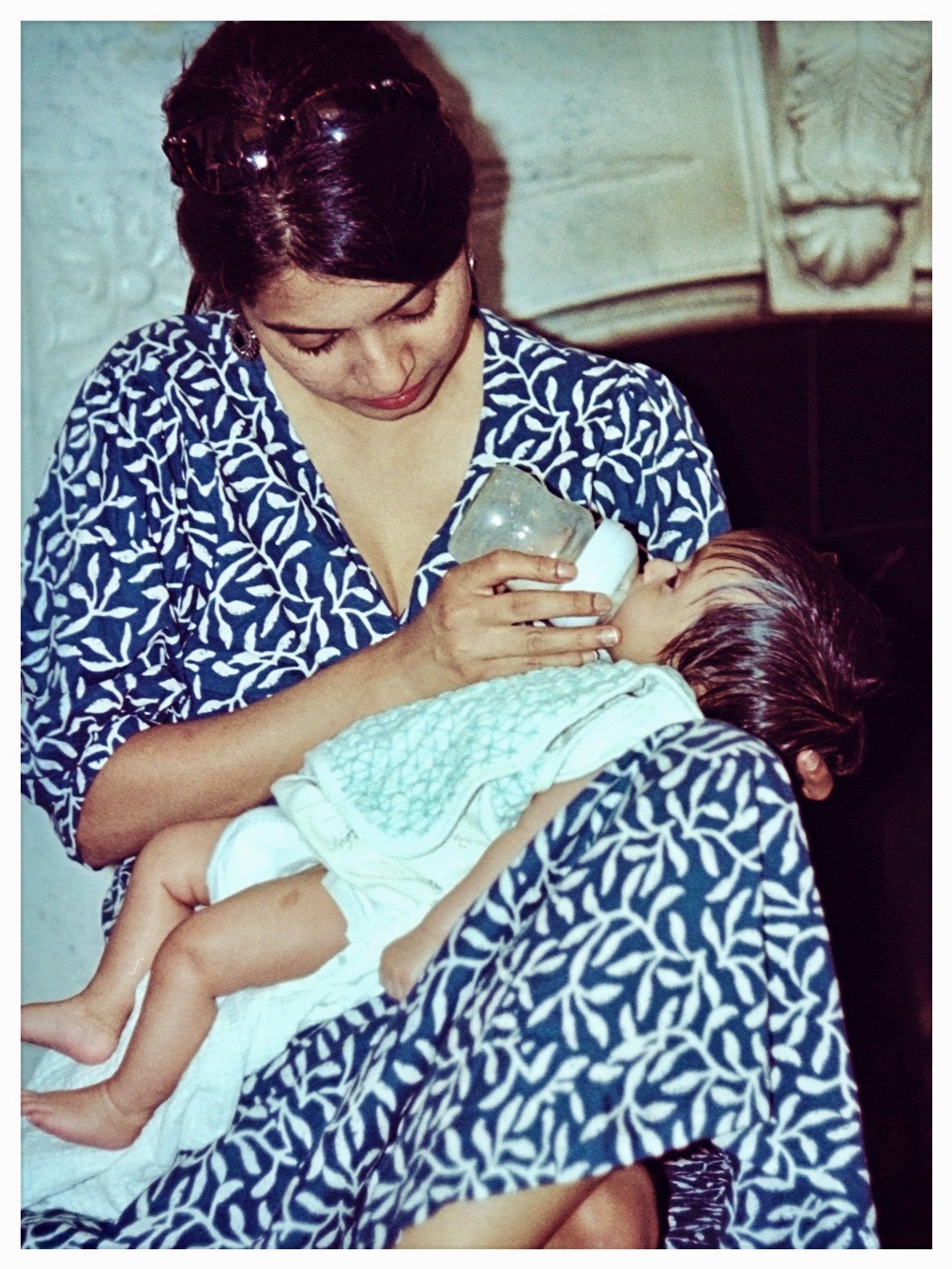
In sum, the M7 checked all the boxes for me: giving me an M body that would allow me to continue with a system that is second nature at this point while allowing for swift in-camera metering plus shooting with aperture priority and an easy intregration of flash. And in fact, dear Reader, had I been able to arrange something closer to an even trade for the M7 — swapping out one of my two cherished M3 bodies for example — I very likely might have kept it.
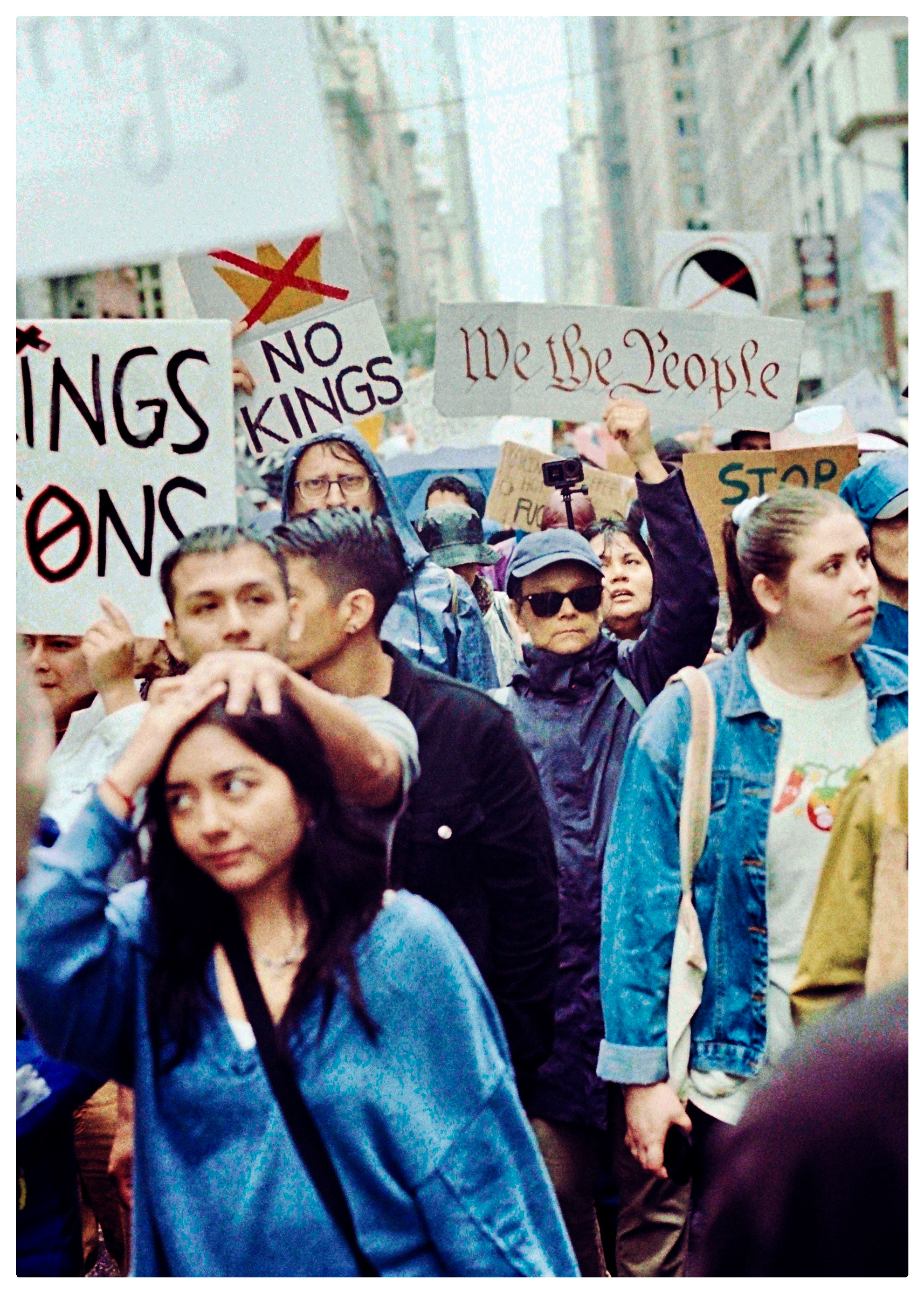
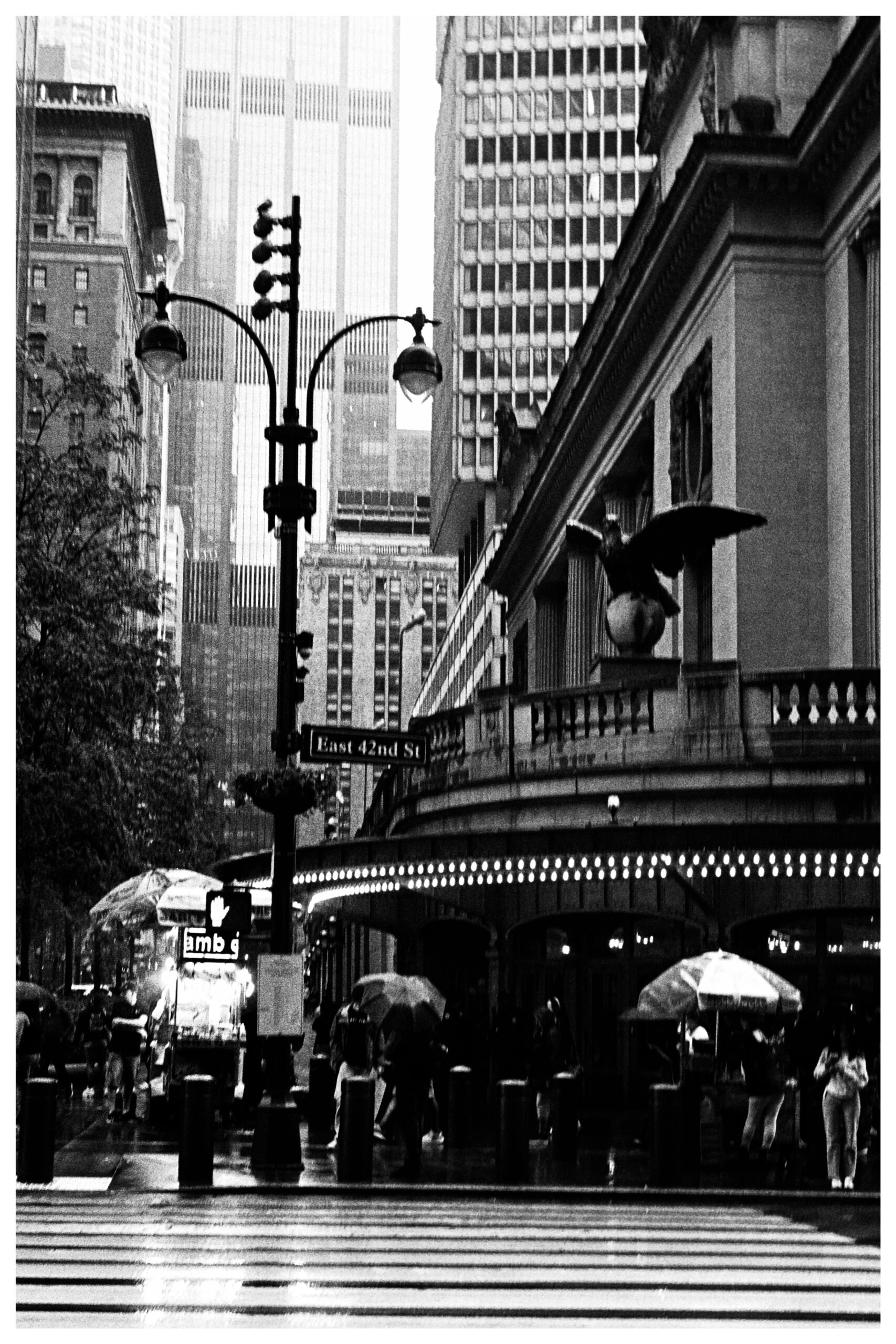
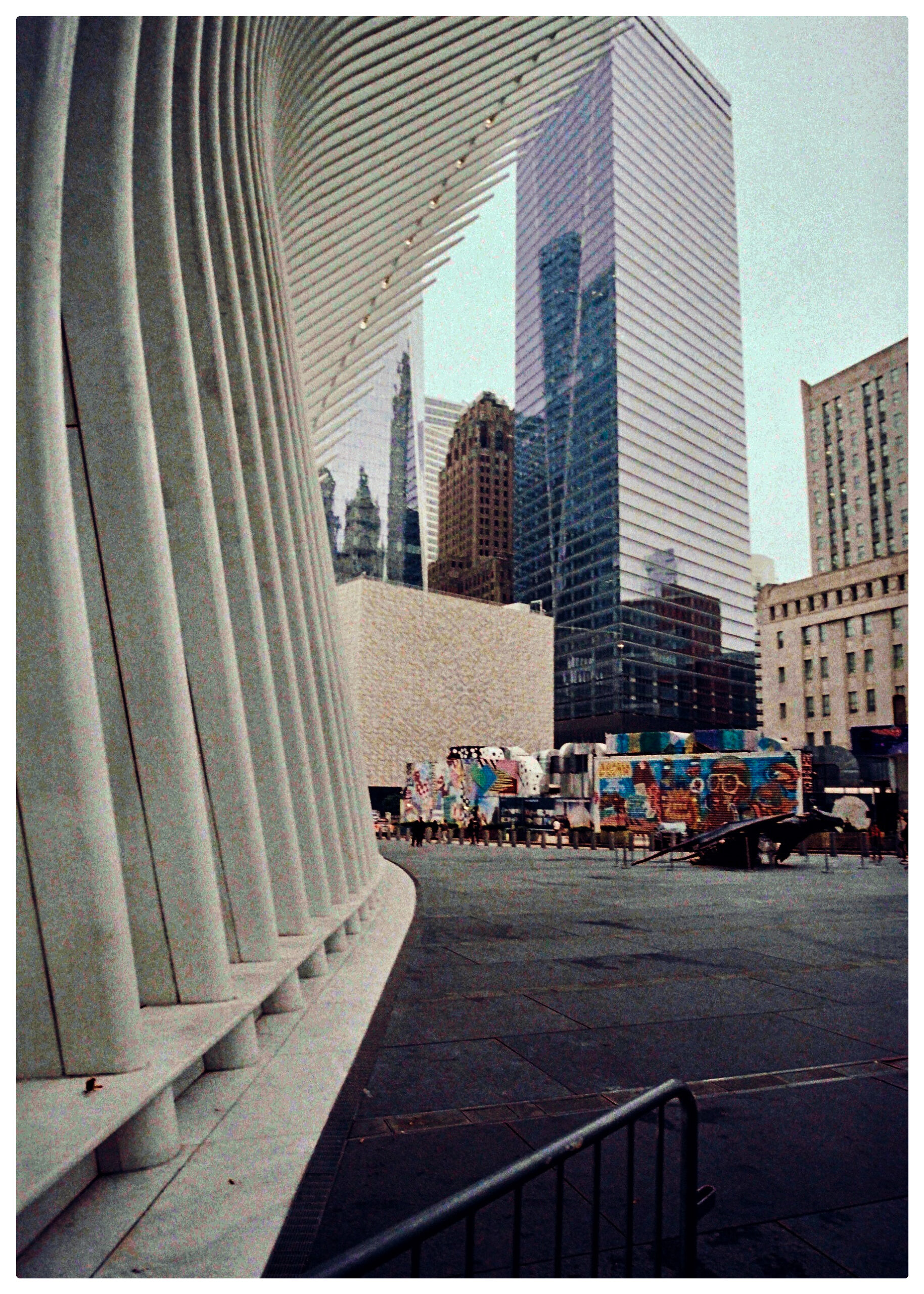
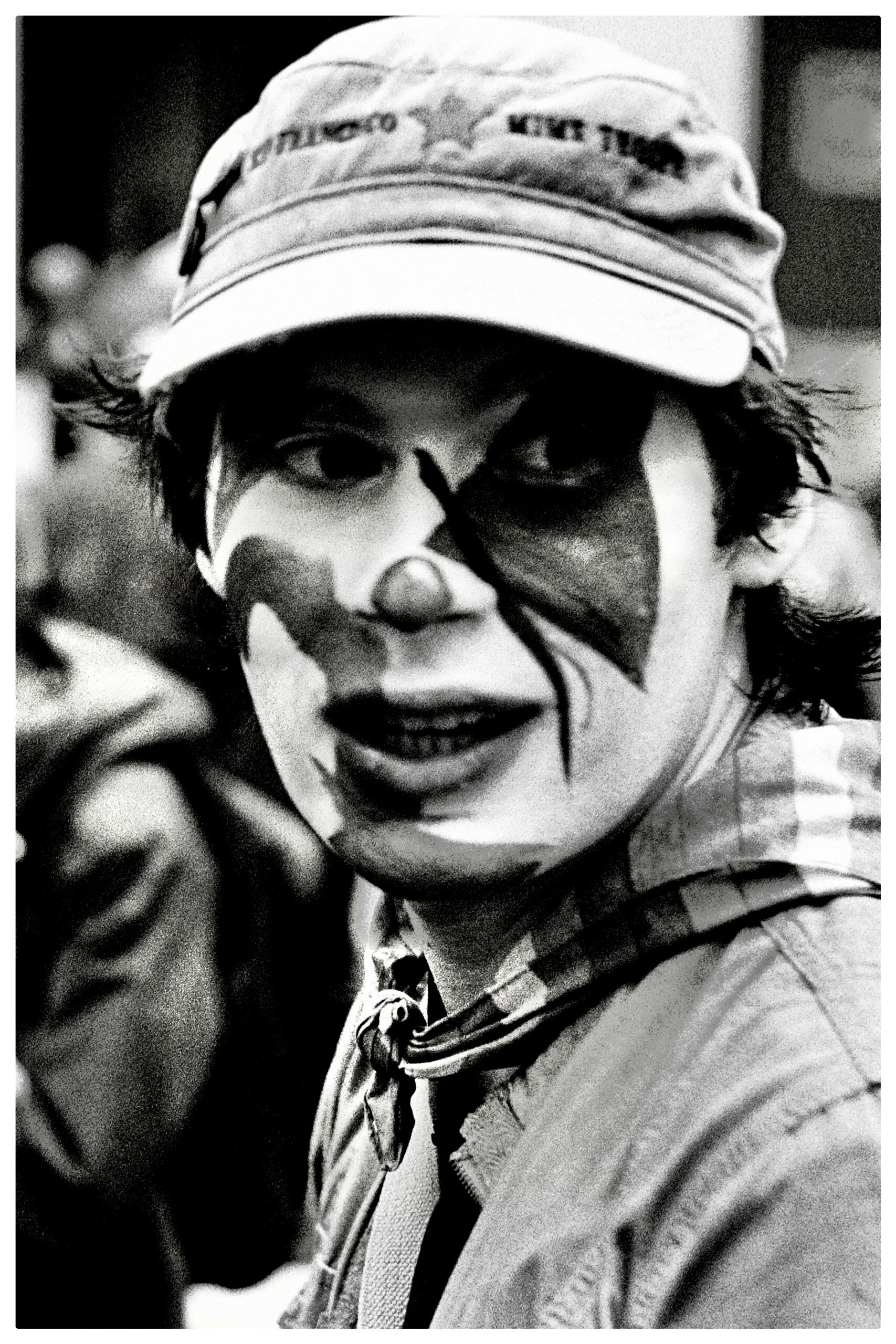
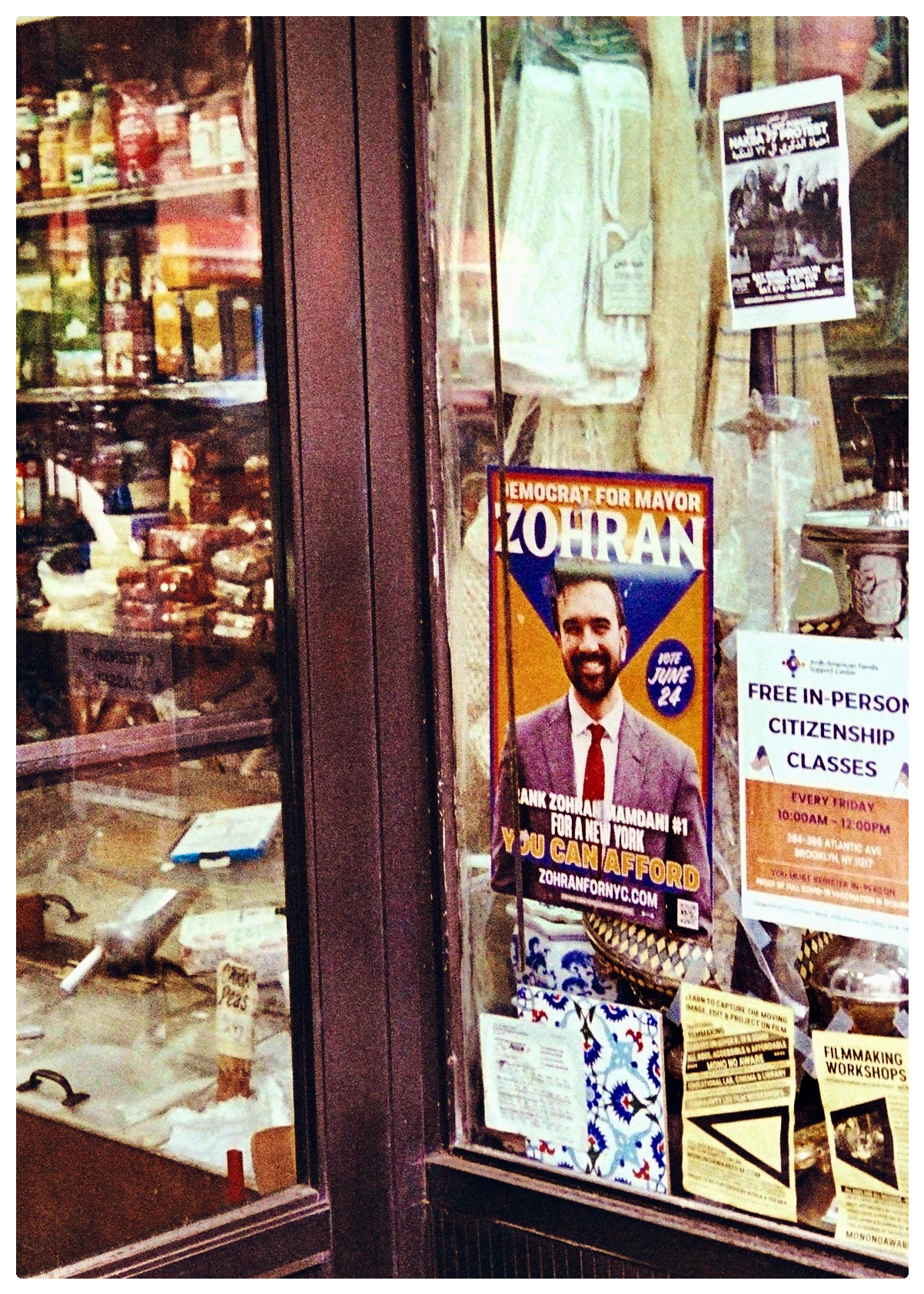
Throughout my month of shooting, however, I was continually haunted by the fact that even with the “discounted” price this 22 year-old Leica cost more than any single film camera I have used. To justify the outlay, the M7 had to not just tick boxes but vault me into a different league. Notwithstanding my enjoyment of the camera, a look back through my archive reveals the truth. Despite its virtues, the M7 brought me results that are consistent with the images I have been making for years. Their merits and shortcomings are my own, a through-line that persists regardless of the particular camera I have in hand. While such insights ought to be obvious, my susceptibility to daydreams about the Next Great Thing makes them easy to lose track of – and thus, for this photographer at least, perenially relevant.
Thanks for reading.
Share this post:
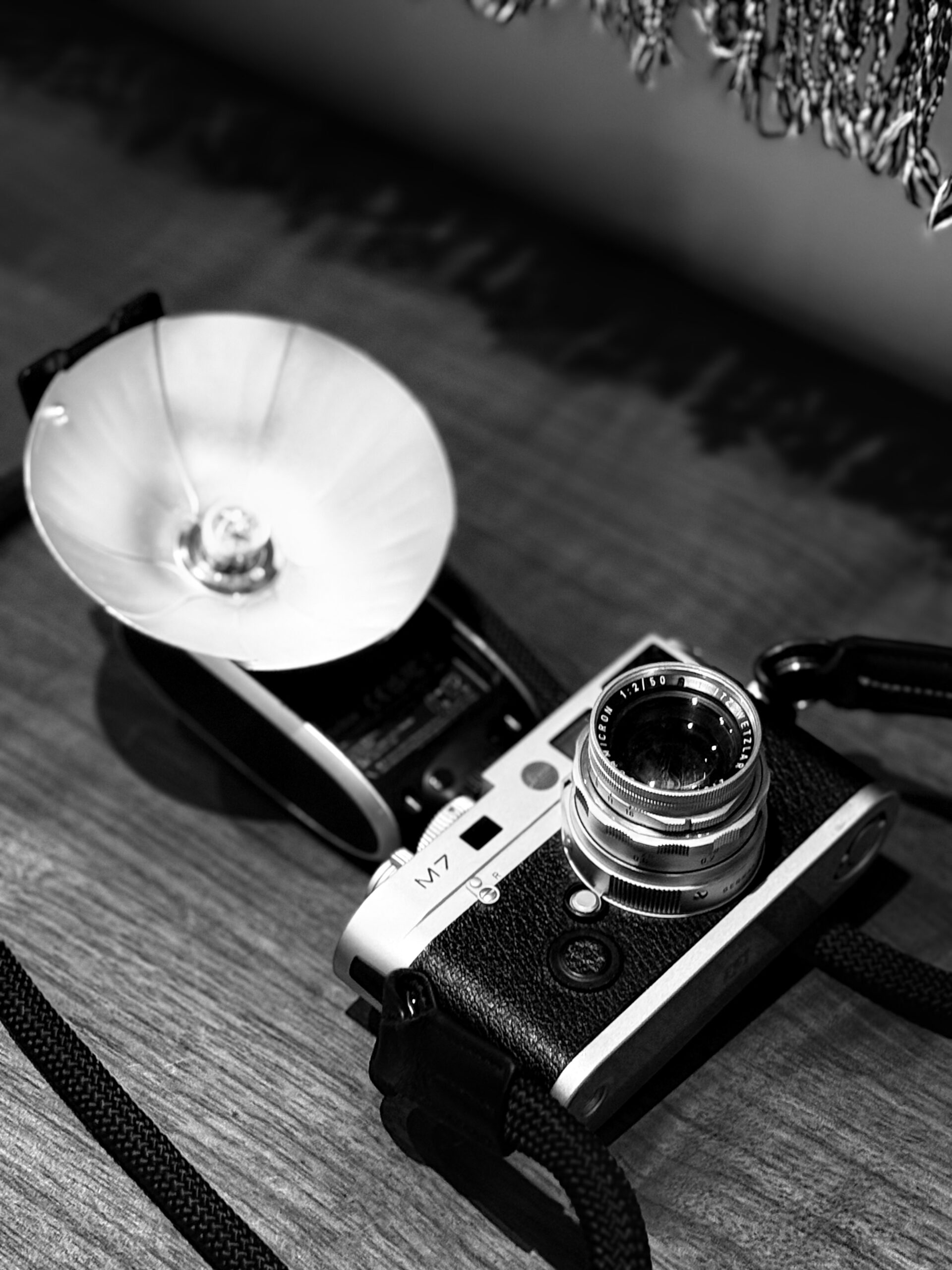
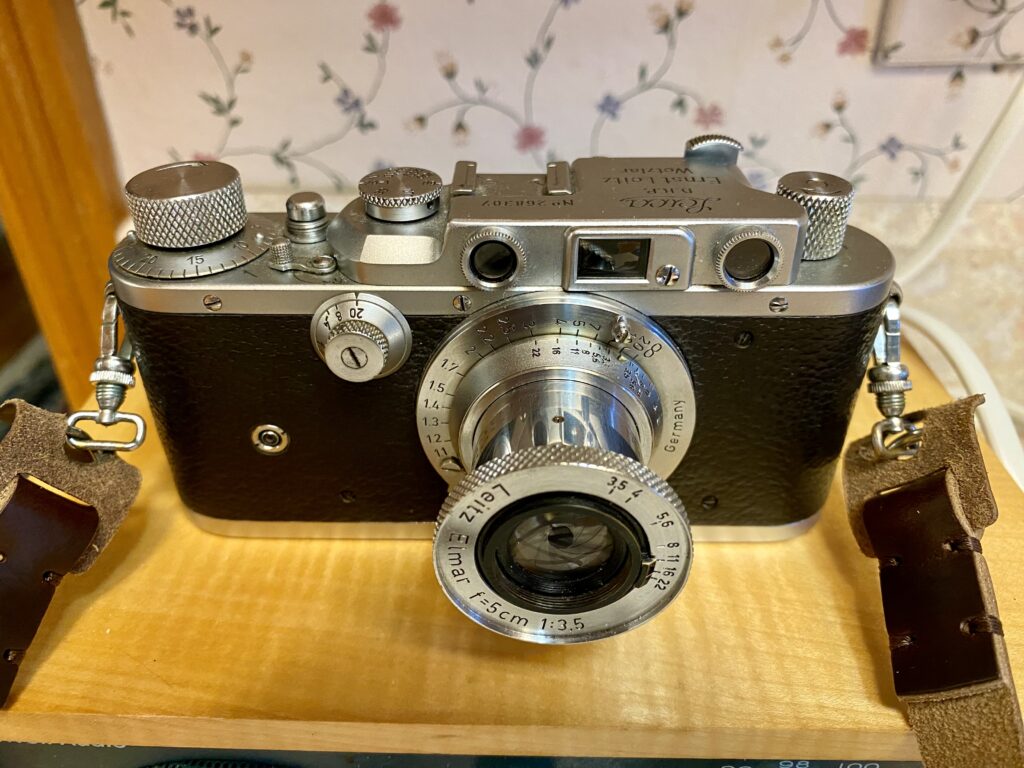
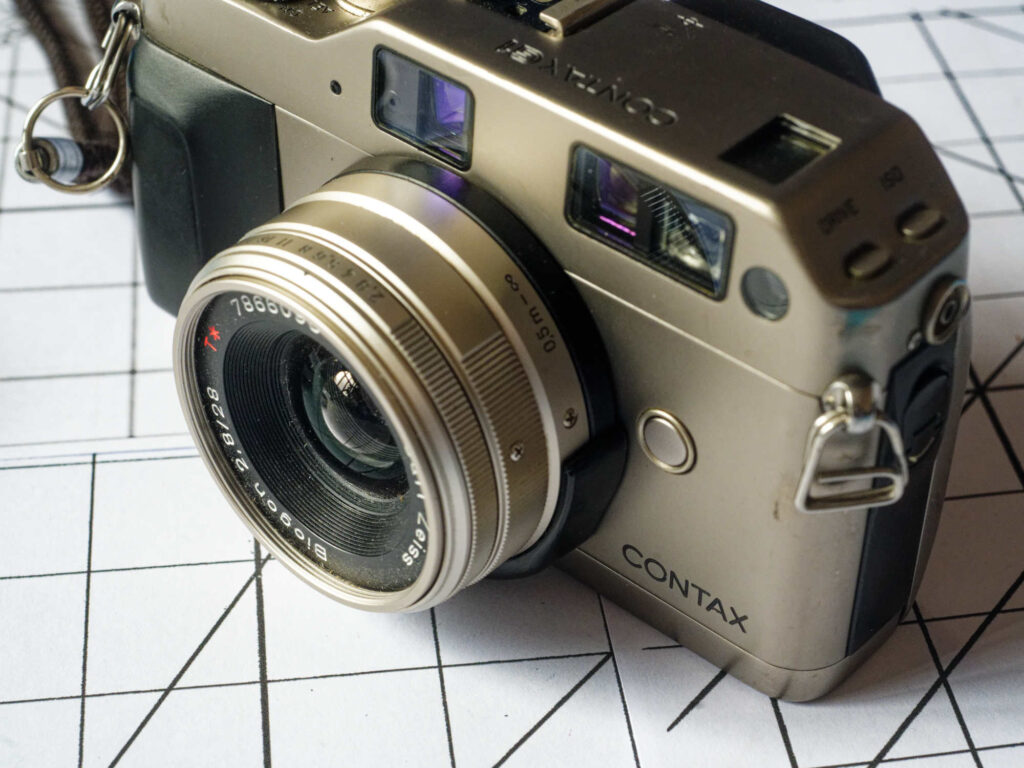
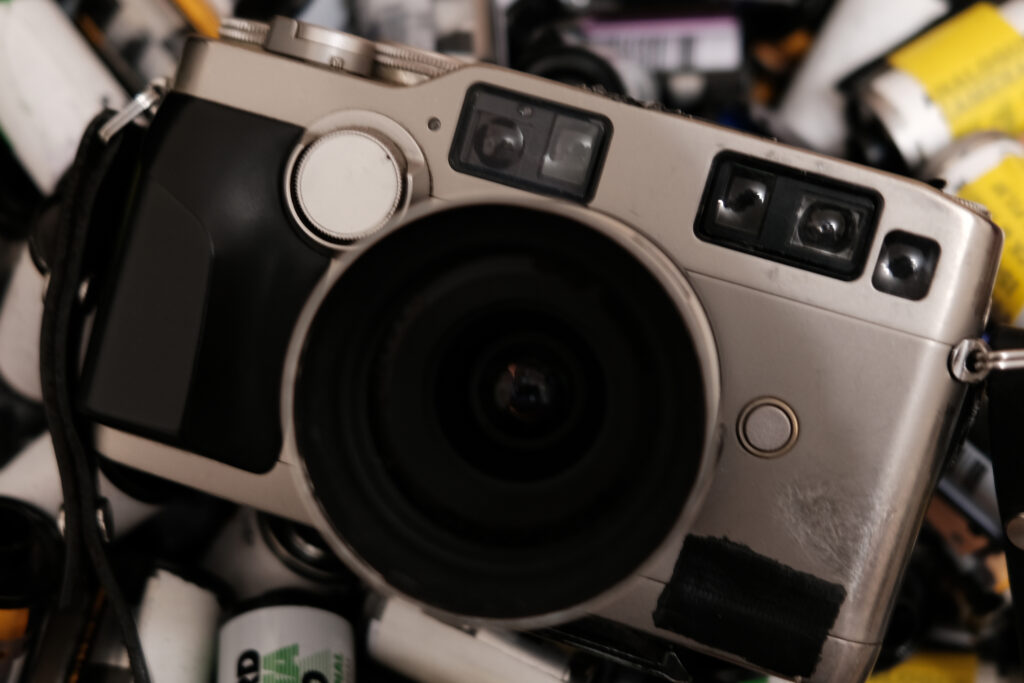
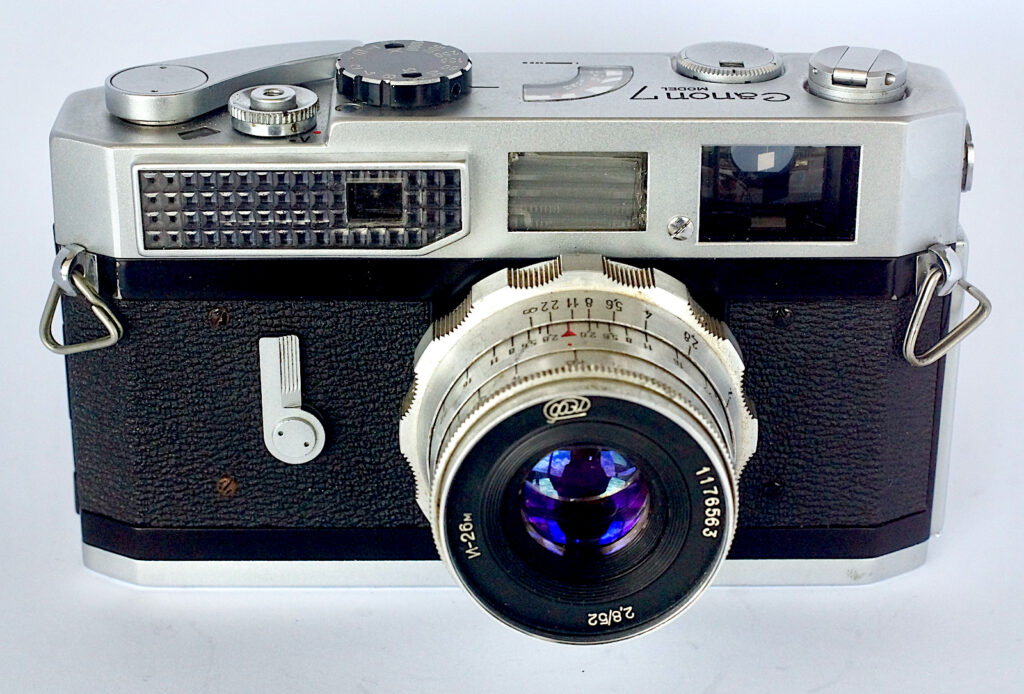
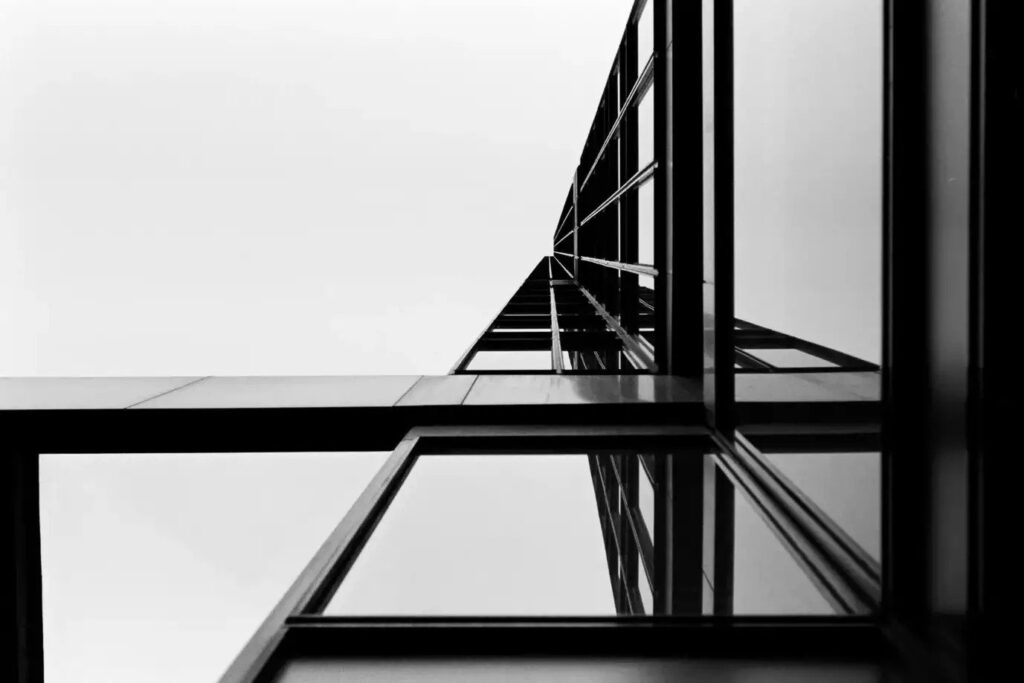
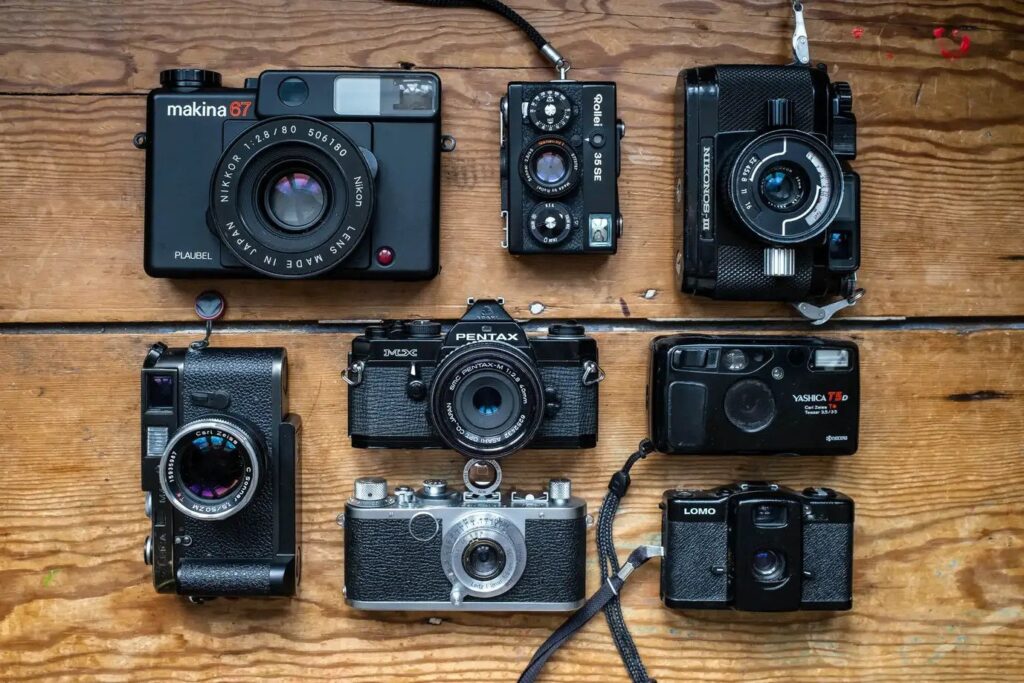
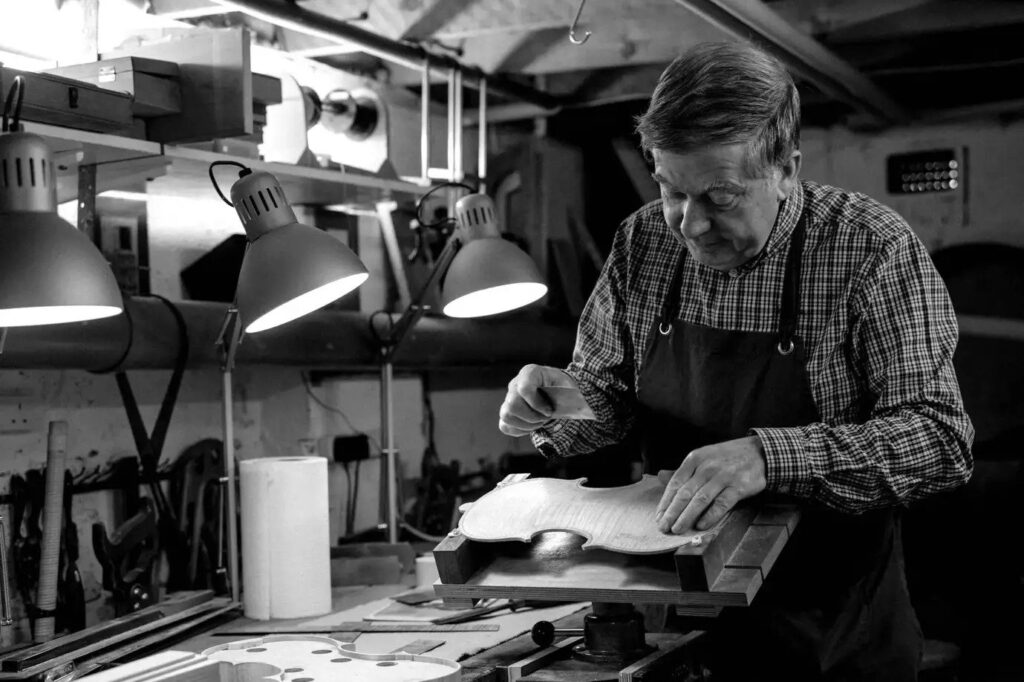
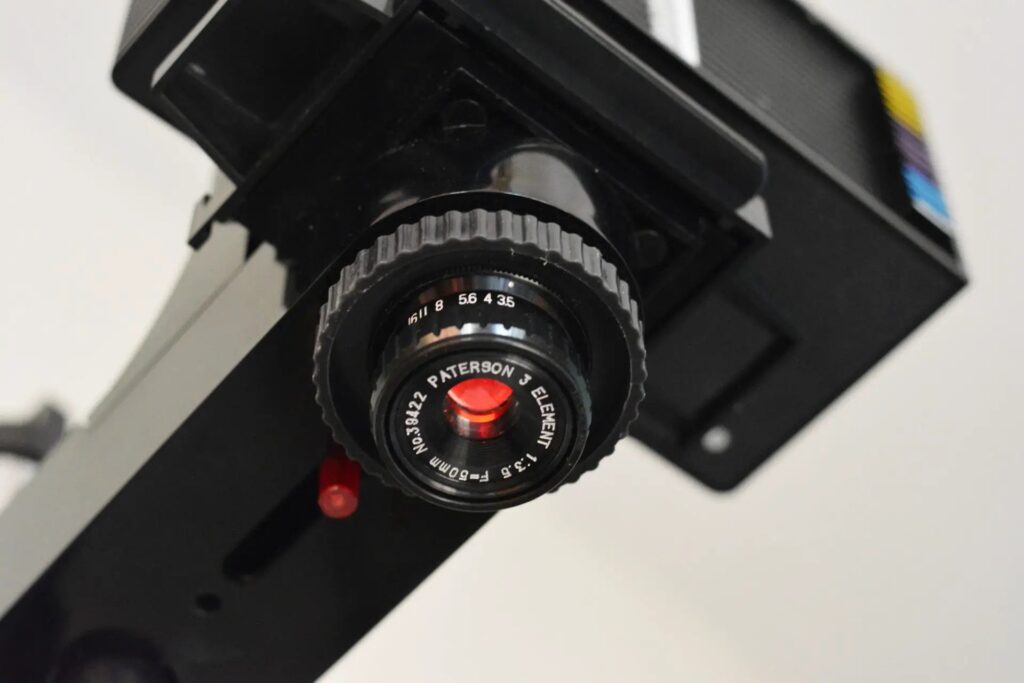
Comments
Ibraar Hussain on Leica M7 – A Trial Run, and My Decision Not to Keep It
Comment posted: 15/07/2025
You pretty much summed it all up at the end:
“.. the M7 brought me results that are consistent with the images I have been making for years. Their merits and shortcomings are my own, a through-line that persists regardless of the particular camera I have in hand. While such insights ought to be obvious, my susceptibility to daydreams about the Next Great Thing makes them easy to lose track of – and thus, for this photographer at least, perenially relevant..”
Spot on - the merits and shortcomings are our own regardless of the particular camera in hand. Sure a different lens/ film would give a different look or feel but for film cameras I think a cameras light meter is probably it’s single most important feature when shooting chromes.
Thanks again my friend
Comment posted: 15/07/2025
Bill Watts on Leica M7 – A Trial Run, and My Decision Not to Keep It
Comment posted: 15/07/2025
Comment posted: 15/07/2025
Comment posted: 15/07/2025
Comment posted: 15/07/2025
Philippe on Leica M7 – A Trial Run, and My Decision Not to Keep It
Comment posted: 15/07/2025
Comment posted: 15/07/2025
Comment posted: 15/07/2025
jason gold on Leica M7 – A Trial Run, and My Decision Not to Keep It
Comment posted: 15/07/2025
Is the Leica old fashioned? Yup! Maybe you need a point and shoot,that does this for you.
I seldom reccomend a Leica to most snappers! Persobally a SLR or newer crap would do better!
Comment posted: 15/07/2025
Comment posted: 15/07/2025
Comment posted: 15/07/2025
Comment posted: 15/07/2025
Comment posted: 15/07/2025
Comment posted: 15/07/2025
Scott Ferguson on Leica M7 – A Trial Run, and My Decision Not to Keep It
Comment posted: 15/07/2025
Great post, as usual. I knew next to nothing of the M7 before reading this post and was intrigued by your process of testing if it served your particular needs/wishes as a photographer. I'm very familiar with the hard lesson that getting your hands on a famous and expensive camera doesn't instantly transform your photos, having gone through a painful learning curve when I came into custody of an M2 and a Hasselblad 500CM. In my mind the most important factor in making your photos better is an intangible -- and it's whether a new camera provides the motivation to push through that learning curve and improve, which is what the Leica and Hasselblad did for me in spades (unlike some other cameras I've had in the past.) I've been spending a fair amount of time this year looking at how the choice of lenses, filters and film stocks impact the quality of the negative, which I think can be pretty significant. I'm less sure about how camera bodies change the qualities of the photos (other than format/negative size) having done most of my film photography with the same two bodies. If I had to guess, the biggest factor for me would most likely be the viewfinder as that is the interface between your brain/eye and the image. My process on a waist level viewfinder is very different from a range finder which is also different from an SLR. I recently started shooting with a Leica R6.2, which takes beautiful photos. I haven't figured out the right application(s) for the SLR, other than shooting much closer than I can with the rangefinder, or loading it with color film when I'm shooting b&w with the M3. I also use it as a loaner if someone wants to come on a photo walk but doesn't have a film camera.
I think you probably made a good choice with the M7 and hope you find something that scratches the itch better for the specific applications you have in mind. I'm interested in your attraction to flash photography, a place that I haven't even scratched the surface. My flash 'go to' is a Contax T2 that I sometimes take to a party or evening function because it offers flash and is super pocketable. But I haven't really gotten past the point of thinking of flash as a 'necessary evil' to overcome low light, as opposed to a creative choice to be embraced. Interesting to think on that.
Best,
s
Comment posted: 15/07/2025
Comment posted: 15/07/2025
Comment posted: 15/07/2025
Comment posted: 15/07/2025
Gary Smith on Leica M7 – A Trial Run, and My Decision Not to Keep It
Comment posted: 15/07/2025
Comment posted: 15/07/2025
Geoff Chaplin on Leica M7 – A Trial Run, and My Decision Not to Keep It
Comment posted: 16/07/2025
Comment posted: 16/07/2025
Jens on Leica M7 – A Trial Run, and My Decision Not to Keep It
Comment posted: 16/07/2025
Photographing and driving actually have a lot in common. Both are about getting from A to B – or capturing something meaningful along the way. You can go the easy route, let automation do most of the work, and still arrive at something technically perfect. But that doesn’t really say much about your driving style – or your style as a photographer.
The tools we use – whether it’s a car or a camera – are deeply personal. Some people love the feel of a manual gearbox or a mechanical Leica. Others prefer smooth, quiet comfort or the reliable results of a digital point-and-shoot. There’s no right or wrong, just different ways of approaching the same journey.
Owning a sports car doesn’t make you a better driver. Owning a Leica doesn’t make you a great photographer. But both can make you want to become better. And maybe that’s the real value of good gear – it pushes you forward, bit by bit.
I’ve got far too many cameras myself. But I enjoy picking the right one depending on my mood – like choosing a car for a weekend drive or a road trip. I’ve got a mix of old and new Leicas. I really admire their tactile feel, the way they strip things down to the essentials. And they’re great conversation starters too – not everyone’s cup of tea, but I love that aspect.
I shoot both film and digital. And yes, I’ve also collected far too many camera bags. Each has its moment – sometimes I want the sleek one, sometimes I go for the one that feels like it’s already seen 20 years of travel and stories.
At the end of the day, every camera – just like every car – can do the job. But the right one makes the journey more enjoyable.
Comment posted: 16/07/2025
Keith Drysdale on Leica M7 – A Trial Run, and My Decision Not to Keep It
Comment posted: 18/07/2025
David Pauley on Leica M7 – A Trial Run, and My Decision Not to Keep It
Comment posted: 18/07/2025
Kodachromeguy on Leica M7 – A Trial Run, and My Decision Not to Keep It
Comment posted: 28/07/2025
Comment posted: 28/07/2025